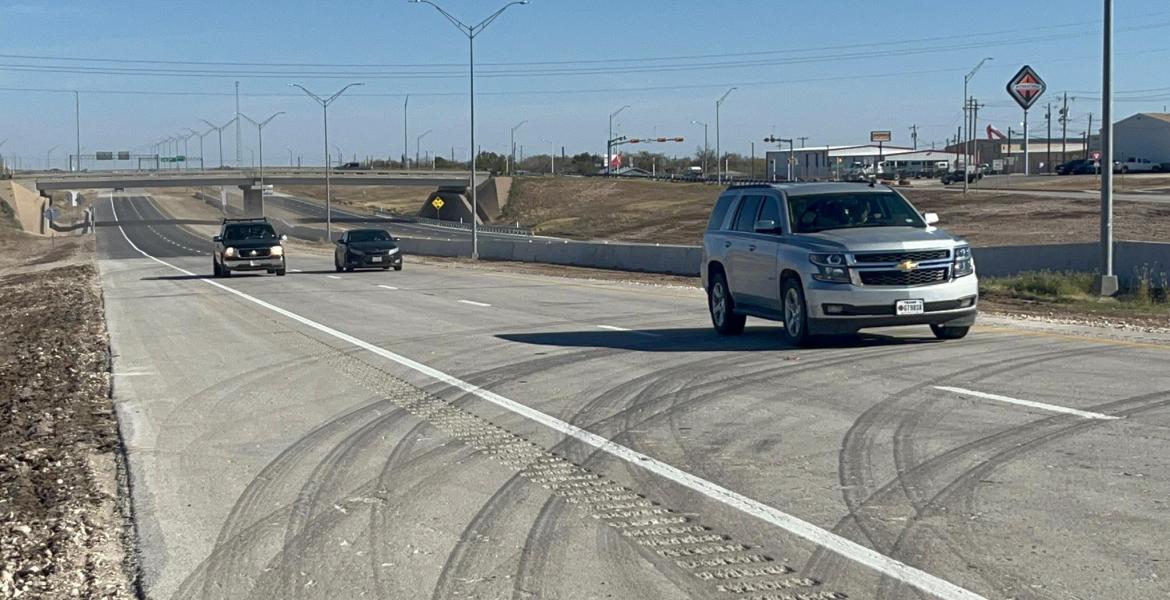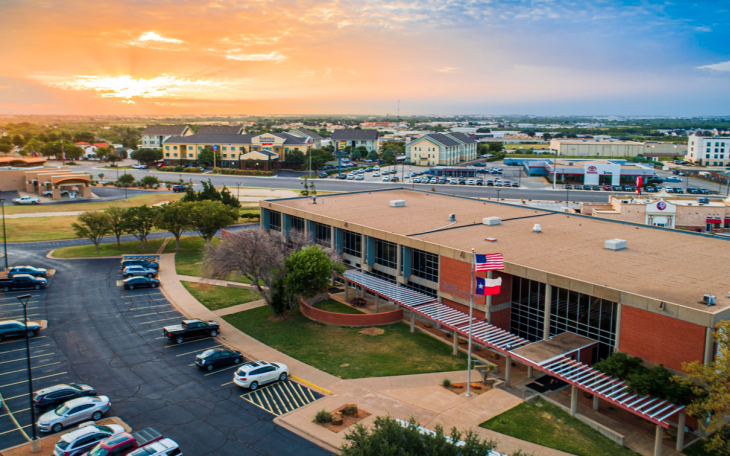“…And crown thy good with brotherhood. From sea to shining sea!” a sing along rendition of America the Beautiful set the tone for a public forum held at St. Mary Presbyterian Church yesterday evening. A small crowd of citizens, police, and city officials gathered in the warmth of the church to discuss “Community Relations in San Angelo”.
The conversation was based on a wellspring of topics including the recent history within the city of racial tensions between citizens, law enforcement, and city government; stemming from the strange circumstances surrounding the death of Michael Clay in 2002. Clay was a young African-American man who was found dead under circumstances that the police have still not been able to resolve to the satisfaction of many in the minority community.
The obstacles that were faced as part of the fall out, before the resolution was made, and the progress made in community/police relations, and also the past history and current climate of racial issues/attitudes within the community.
As topics were dished out by host Craig Meyers to panelists SAPD Police Chief Tim Vasquez; City Councilmember Elizabeth Grindstaff; and NAACP President since 2006, Garland Freeze. Each had their turn at response and questions were also allowed from the forum attendees.
“I think the tensions that rose from the unfortunate incident in 2002 showed us that maybe we weren’t as trusted as we thought we were,” Vasquez said of past support from the community.
Vasquez recalled a time around 2005 when Mayor Lown created the “Race Task Force” to reunite San Angelo in a time of indifference. That was a time when protesters were gathered on the courthouse lawn in organized demonstration against the Police Department. He said he was at times confrontational, and felt defensive of his “police family”.
“I didn’t understand or appreciate another group stepping in and pointing a finger saying you have to do this and that, but at the same time it allowed me to step back and see from another prospective some of the things that were occurring in our organization.”
Tim Vasquez recognized a lack of transparency within the department at the time. His commitment to remaining in the public eye, and keeping the police involved in community affairs has won public support over the years, he said.
“My feeling was and has been that this was the public’s department and community, they have a right to know what’s going on.”
Vasquez credited Elizabeth Grindstaff with helping him understand and realize the importance of neighborhood revitalization, and strong communication and relationships between the community and police early on in his career.
Grindstaff moved to San Angelo in 2005, when she came to work as the city planner. At that time, collaborations were being made and there were committees and task forces (like the race task force) being designed with community rehabilitation in mind. Key city officials, law enforcement, and organizations like the NAACP were coming together to communicate and unite as a whole in an effort to create tight knit relationships amongst themselves and community.
“I think what’s really changed in San Angelo in the amount of time I have been here is that we have accountability to one another. I think that’s born out of a respect that has developed out of trust,” Grindstaff said. “My concern as we move forward is that we continue to be a community that decides we are not going to be a community of “no”, and that we continue to be a community of conversation and collaboration.”
Garland Freeze has seen his fair share of social progress in San Angelo, having been a resident since 1959. He has been the President of the NAACP since 2006. Freeze described relationships that have been built of the years, through the NAACP, SAISD, SAPD, the City of San Angelo and many more.
“In our involvement, we like to focus on communications, because without it we are powerless to help one another. We are a civil rights organization that will help anyone who has experienced any form of discrimination. Keeping the conversation going is the most important part.”
The panel reached out to the public by inviting them to city council meetings, future public forums, and also suggested going out into the community to look for projects that need volunteers.
Several citizens made comments and asked questions. The recent hot topic of low income housing or “Outlook on Valleyview” was mentioned by a young lady sitting in the front row.
“I’ve watched people on the city council meetings get up and be very angry and combative about putting people in there that make $44,000 or less a year. I don’t understand what the problem is. That is school teachers just starting out, and police officers, beginning professionals in all areas that are going to live there. How can we as a community branch together?” she asked.
“I think what we saw was a reaction built out of a number of things, and it became volatile very quickly. It really did not have to be that way,” said Grindstaff. “I think we can all understand someone working hard and wanting to protect their home. But what are they really protecting themselves from? …The school teacher just starting out? That all goes back to educating yourself on the issues at hand, gaining the knowledge and understanding, asking questions. It is up to us as a community to be responsible.”
David Nowlin, newly announced candidate for mayor was also in attendance who indicated that his sole purpose of attending was to make a connection with Mr. Freeze, NAACP President. Having not experienced some of the indifference described by some in the forum, Nowlin was interested in hearing what the community had to say.
For more information visit these websites:
Subscribe to the LIVE! Daily
Required






Post a comment to this article here: